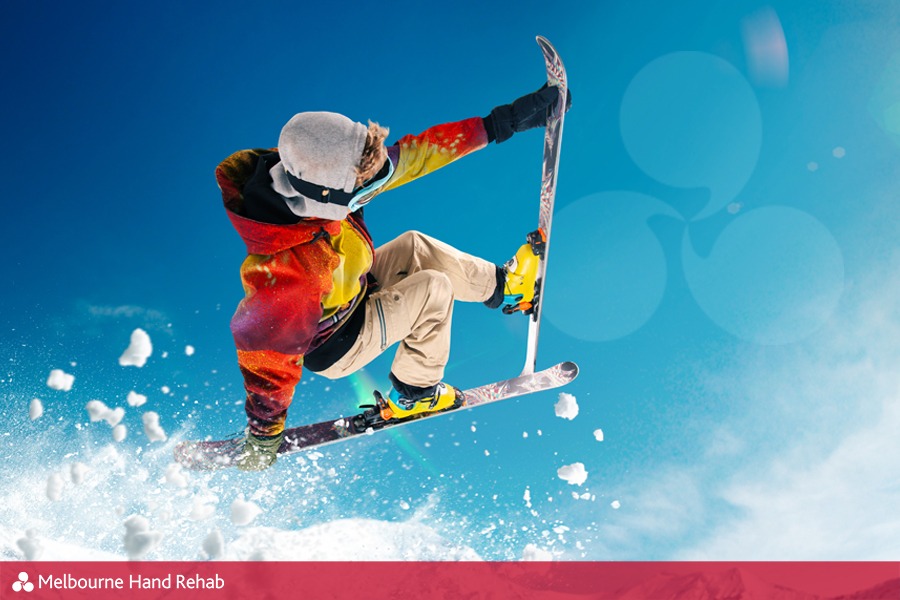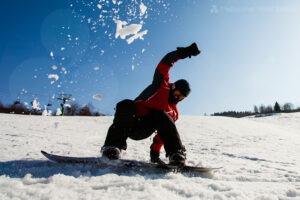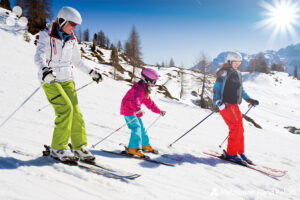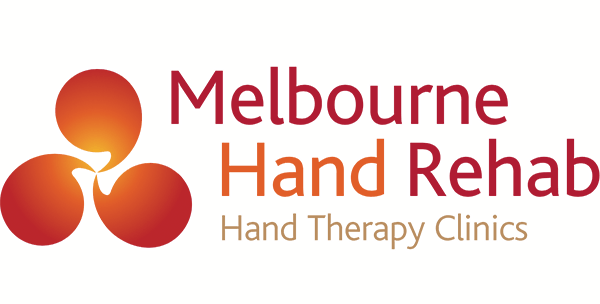
16 Aug Snow sport injuries
Snow sports continue to grow in popularity. With an early start to this year’s snow season we expect to also see a rise in snow sports upper limb injuries.
- Approximately three quarters of snowboarding injuries were male
- 84% of hospital admissions following a snowboard accident occurred among 15 to 34 year olds
- Falls are the most frequent cause of injury when snowboarding – followed by being hit, struck or crushed by a person or object.
- 56% of injured downhill skiers were male. Age groups most commonly injured were 10-19 year olds (29%), 20-29 year olds (18%) and 30-39 year olds (20%).
- The lower body is the most frequently injured part of the body among children and adolescent snowboarders. Upper body injuries (arm, shoulder, wrist, hand and elbow) are more common among adult snowboarders.
- Evidence suggests that skiers with lower skill levels and less experience are at a higher risk of injury.

Snow Sports Finger Injuries
Thumb UCL injury
Injury to the ulnar collateral ligament (UCL) of the thumb is commonly referred to as ‘skiers thumb’ and is when the ligament on the side of the thumb strains or stretches. It is referred to as ‘skiers thumb’ because it often occurs when skiers fall with a ski pole in hand. In severe cases you can tear this ligament or cause a small avulsion fracture – this is referred to as a stener lesion. A hand therapist can clinically assess your thumb to determine the best course of treatment.
Depending on the grade and severity of your injury you will be immobilised in a custom thermoplastic splint for 4-6 weeks to heal and up to 12 weeks before a return to sport. Incorrect technique when using ski poles is a risk factor for a UCL injury of the thumb. You should grasp your handle with your thumb on the outside of the strap so your strap runs between your thumb and index finger.
Snow Sports Wrist Injuries
Distal Radius Fracture
Distal radius fractures are responsible for around 10% of all snowboarding injuries. If you have suffered a distal radius fracture you will typically experience swelling and pain in your wrist on the side of your thumb. Each person’s unique fracture will be different whether it will require surgery or not and your hand therapist will be able to discuss this with you.
If your fracture is treated conservatively you will be immobilised in a custom thermoplastic splint or a fibreglass cast for 6 weeks and return to sport after 12 weeks.
Scaphoid Fracture
Scaphoid fractures can often go undetected initially as they are thought to be wrist sprain or aren’t picking up on an x-ray if taken closely to the injury date. If you are experiencing pain after a fall on an outstretched hand it is important to have this examined by a hand therapist who can examine you and recommend if further imaging is required.
Depending on the location of your scaphoid fracture you will be immobilised in a fibreglass cast for 6-8 weeks and return to sport after 12 weeks.
Scapholunate ligament injury
A scapholunate ligament is injured by a fall on an outstretched hand. Patients often have swelling in the area and pain over the base of their palm (over scaphoid and lunate) along with reduced grip strength and wrist range of motion.
Depending on the severity of your injury you will be immobilised in a custom thermoplastic splint for 6-8 weeks.

Prevention of snow sports injuries:
- Build your strength and endurance before your trip to snow.
- Warm up and stretch before snowboarding or skiing and spend 15 minutes cooling down after, making sure to include some low-intensity exercise such as walking.
- Novice skiers and snowboarders should take a lesson to learn correct techniques to keep yourself and everyone else safe.
- Take into account the snow conditions and your skill level. Only complete runs you feel comfortable doing.
- Take rest periods throughout the day to eat and drink. This will help keep up your energy levels so you can concentrate.
If you are experiencing thumb, hand or wrist pain, don’t hesitate to get in touch. We’d love to help you.


